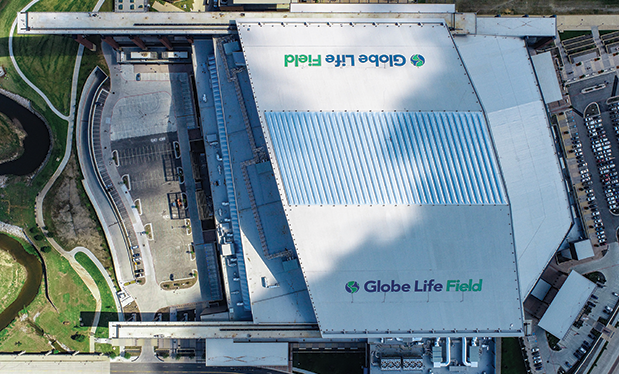
You probably have had your temper flare when someone cuts you off in traffic, drives too slowly in front of you or takes the parking space you were about to turn into. Or maybe you’ve been on the receiving end of someone screaming at you because you were distracted thinking about something else and didn’t notice the traffic light turn green.
Either way, driving has become increasingly fueled by anger, and it’s worth learning how road rage has been altering the way we drive.
The National Highway Traffic Safety Administration defines road rage as “an intentional assault with a motor vehicle or weapon that occurs on the road or that started on the road.” Not only is road rage a criminal offense, it is on the rise.
Daniel G. Sharp, chairman of the Highway Safety Committee for the International Association of Chiefs of Police, told The Wall Street Journal: “The driving behavior we’re seeing during the pandemic is extremely problematic.”
He says people are driving much more aggressively, and the trend is increasingly dangerous as more stressors are placed on society (such as changing pandemic rules, rising gasoline prices and increasing dissatisfaction in general).
So how can you encourage your employees (and yourself) to remain calm during a triggering situation while on the road?
Ethan Kross, a neuroscientist at the University of Michigan, Ann Arbor, told The Wall Street Journal drivers should have an “if-then” plan. For example, he says drivers should say to themselves: “If another driver cuts me off, then I’ll take a deep breath and let them go.”
Kross says creating a plan linking a specific situation to a specific action makes it more likely someone will follow through with the plan.
Other strategies include deep breathing during a triggering situation; thinking of something pleasant; talking to yourself in the third person (for example, I would say: “Ambika, this person isn’t worth you ruining your day.”); and physically leaning back in your seat, which naturally helps you relax.
The most important question to ask is: “Will this brief inconvenience matter in five minutes?” The answer should be “no,” so why not let it go?
By being proactive and talking to your employees about having a plan when road rage happens, you will help ensure they arrive at the office, job sites and appointments safely and on time and return home without incident.
AMBIKA PUNIANI REID is editor of Professional Roofing and NRCA’s vice president of communications.



